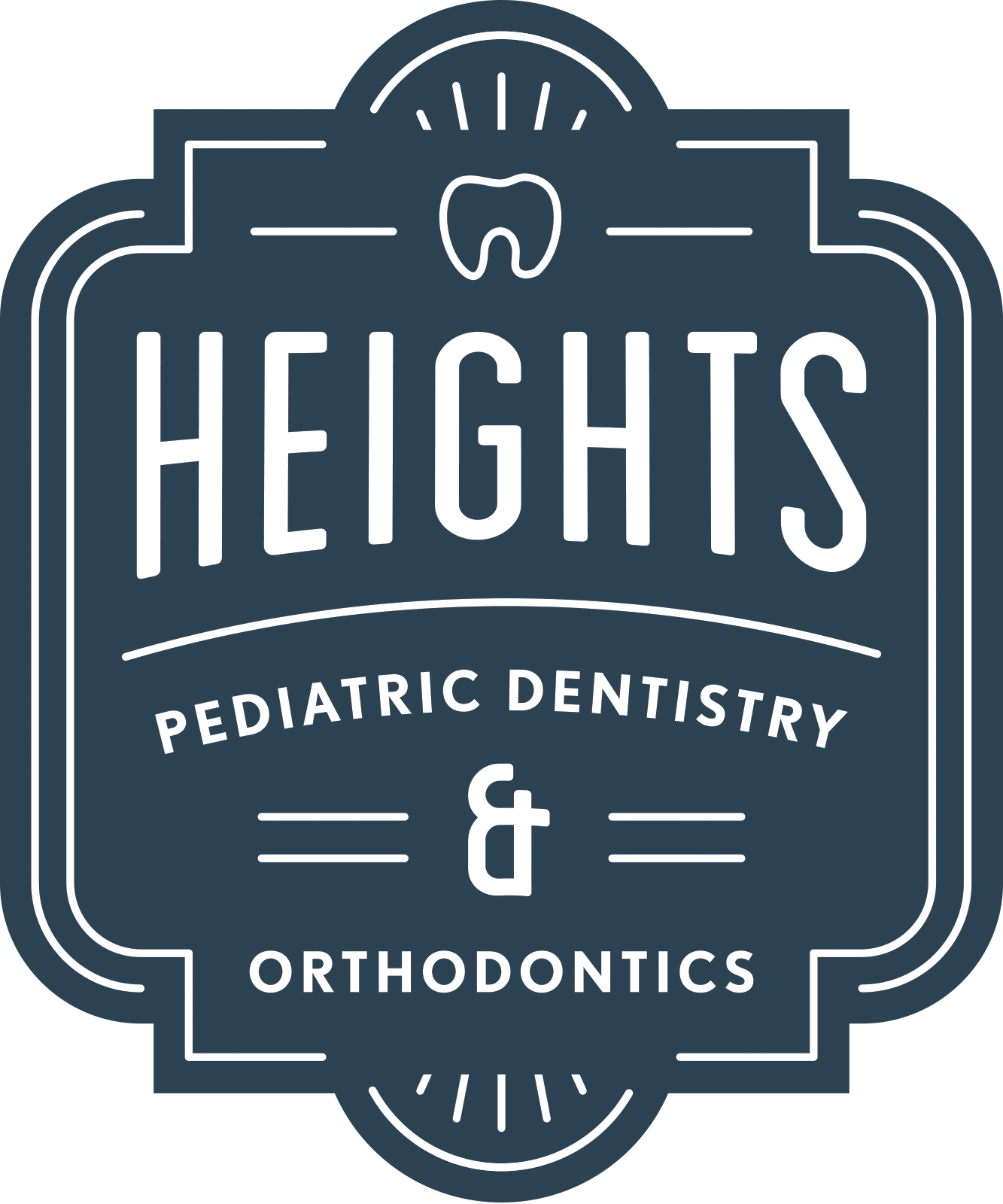Swim staining, commonly known as "swimmer’s stain," refers to discoloration of teeth after prolonged exposure to chlorinated water. This staining can be yellowish, brownish or greenish in color and can range from mild to severe. It commonly affects competitive swimmers, recreational swimmers or just swimmers who spend a lot of time in pool water. Chlorine, while essential for keeping pool water clean and free from bacteria, can lower the pH of the water. Highly acidic water increases the likelihood of enamel erosion, which allows staining agents to penetrate the surface of the teeth more easily. Many pools contain metals like copper and iron, often used in algaecides or other cleaning treatments. These metals can bind to the enamel on your teeth, leading to a greenish or brownish discoloration. This is particularly common in pools with poor filtration systems or those that are not regularly maintained. Dry mouth can make enamel more susceptible to damage, so swimmers who also breathe through their mouth instead of their nose, have less saliva production. Less saliva means less protection of the teeth. While staining is the most common noticeable problem, teeth can also appear dull, less glossy or even feel rougher due to the enamel being worn down.
How can you prevent swim stain?
1) Brush your teeth before swimming. This will help remove the plaque or biofilm on the surface of the teeth, and help minimize the amount of chlorine or chemicals that stick to your teeth. Using fluoridated toothpaste helps to prevent tooth decay and protect enamel from acidic breakdown. You can also use a tartar control or whitening toothpaste that has gentle abrasives for helping remove surface stains and specific ingredients that help break down the stains on your teeth.
2) Rinse your mouth with fresh water before and after swimming, and drink water during breaks. This will help keep your mouth hydrated, promote saliva production and minimize the amount of time chlorine or chemicals are exposed to your teeth.
3) Check the chlorine and chemical levels. Make sure the pool water is tested, well-maintained, filtered appropriately, and has a healthy balanced pH.
4) Visit your dentist more frequently for professional dental cleanings. We can use professional dental abrasive pumice and polishing systems to keep the teeth clean, smooth and polished.
If you have noticed swim stain, would like to know more or want to schedule your child for an appointment for a dental cleaning, give us a call at 713-861-4000!






























